Published
9 months agoon
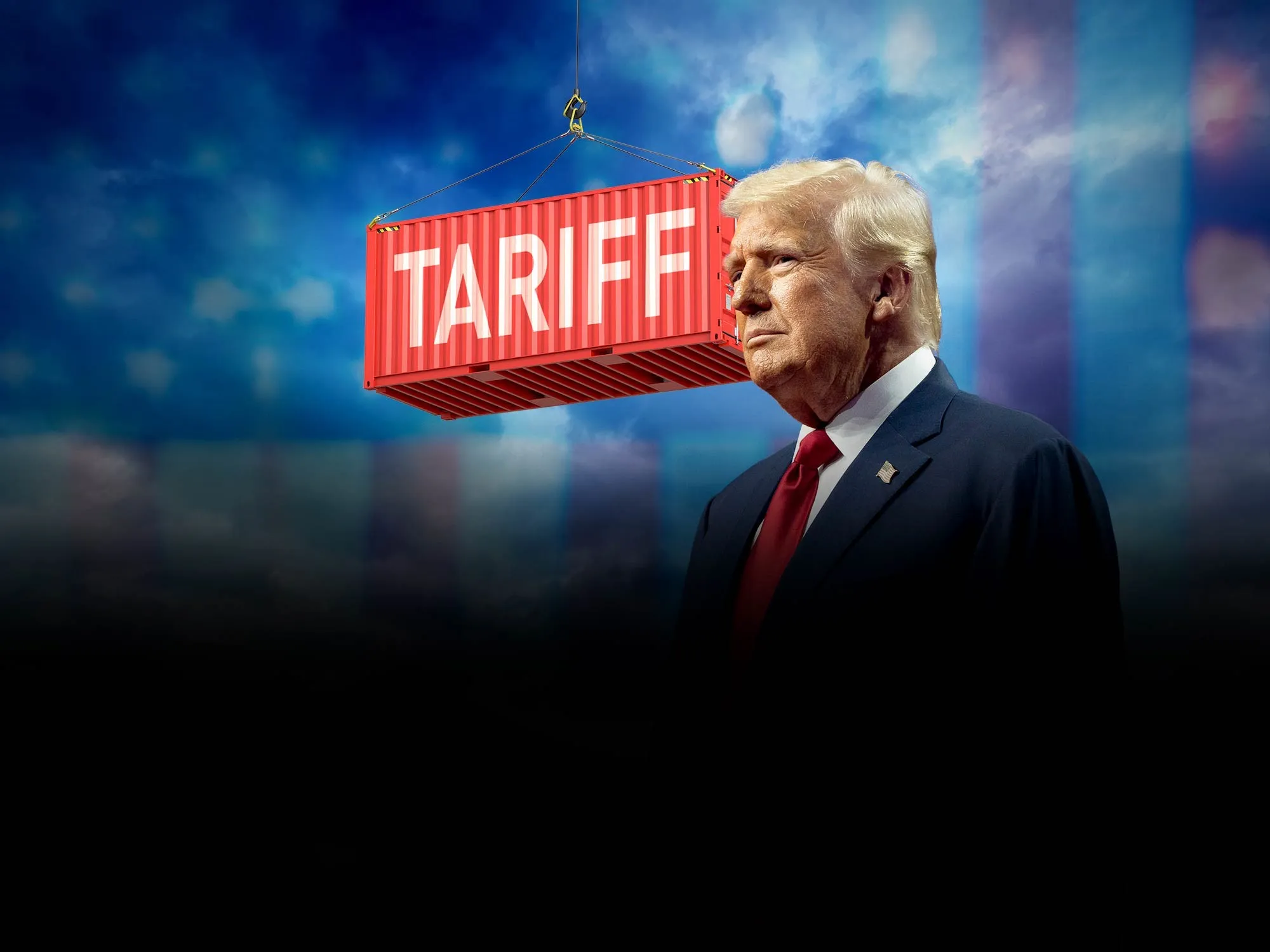
It seems Canada and Mexico have been granted a temporary reprieve from what many feared would be an immediate tariff storm upon Donald Trump’s return to the White House. While the new president’s inauguration day was rife with rhetoric about tariffs and trade deficits, the dreaded day-one tariff bomb didn’t drop—at least not yet.
Instead, Trump announced he was considering imposing a hefty 25% duty on imports from Canada and Mexico starting February 1. The justification? Allegations of illegal immigration and the influx of fentanyl into the U.S. from its northern and southern neighbors.
A Change in the Wind—But for How Long?
In a move that caught markets and foreign capitals slightly off guard, Trump refrained from immediate tariff action. Instead, he directed federal agencies to conduct a thorough investigation into trade deficits and currency manipulation by other nations. His presidential memo tasked the Commerce and Treasury departments, along with the U.S. Trade Representative, to evaluate economic and national security risks tied to these deficits.
The memo hinted at “appropriate measures,” including a potential global supplemental tariff. This step gave a clear signal – tariffs remain very much on the table, just not right now.
Markets Breathe a Sigh of Relief
The absence of immediate tariff announcements prompted a rally in global stocks. Other currencies gained ground against the dollar, riding the wave of cautious optimism. While U.S. financial markets were closed for the day, global investors took the news as a sign that Trump’s approach might be less abrupt than feared.
But the honeymoon may be short-lived. Speaking to reporters, Trump kept his options open, stating, “We may [impose universal tariffs]. But we’re not ready for that yet.” Again, on the topic of Canada and Mexico, he doubled down on the 25% duty, citing border concerns and drug trafficking as reasons for the proposed measure.

A Return to Trade Deficit Wars
The president also turned his gaze toward the European Union, hinting at possible tariffs or increased energy exports to reverse the U.S. trade deficit with the bloc. It’s clear that tariffs will play a starring role in Trump’s second term, with promises of rebuilding American industry and boosting federal revenue.
To cement this commitment, Trump announced the creation of a new agency, the External Revenue Service, to oversee the collection of tariff income. “Tariffs are going to make us rich as hell,” he proclaimed at a rally in Washington, doubling down on his vision of revitalizing U.S. businesses through protectionist measures.
China, Trump’s Trade Memo Keeps Beijing on Its Toes
Remember the “Phase 1” trade deal signed back in 2020? That agreement was supposed to bring an end to a nearly two-year tariff war, with China committing to purchase an additional $200 billion worth of U.S. exports over two years. Unfortunately, COVID-19 had other plans, and Beijing fell short of those ambitious targets.
The memo goes a step further, calling for a review of China’s Most Favored Nation (MFN) trading status and a deeper investigation into practices deemed “unreasonable or discriminatory.” This echoes the Section 301 investigations that led to tariffs during Trump’s first term—a playbook that President Biden had also kept alive.
TikTok and Tariffs
In a surprising twist, Trump signed an executive order delaying the enforcement of a ban on TikTok, the wildly popular short-video app. However, the reprieve came with a caveat –Trump warned that tariffs could be on the table if Beijing fails to approve a potential U.S. deal for TikTok.
This dual approach—delaying action while keeping the tariff card handy—seems to be the hallmark of Trump’s early trade strategy.
Looking Back…
During his campaign, Trump had promised steep tariffs ranging from 10% to 20% on global imports and a staggering 60% on Chinese goods. The aim? To slash a trade deficit that has ballooned to over $1 trillion annually.
While such tariffs would shake up global trade agreements and supply chains, the Trump administration appears to be playing the long game. Instead of invoking the sweeping powers of the International Emergency Economic Powers Act to impose immediate tariffs, the administration plans to work closely with Congress to chart its course.
The memo also calls for public consultations ahead of a 2026 review of the U.S.-Mexico-Canada Agreement (USMCA) to assess its impact on American workers, farmers, and businesses.
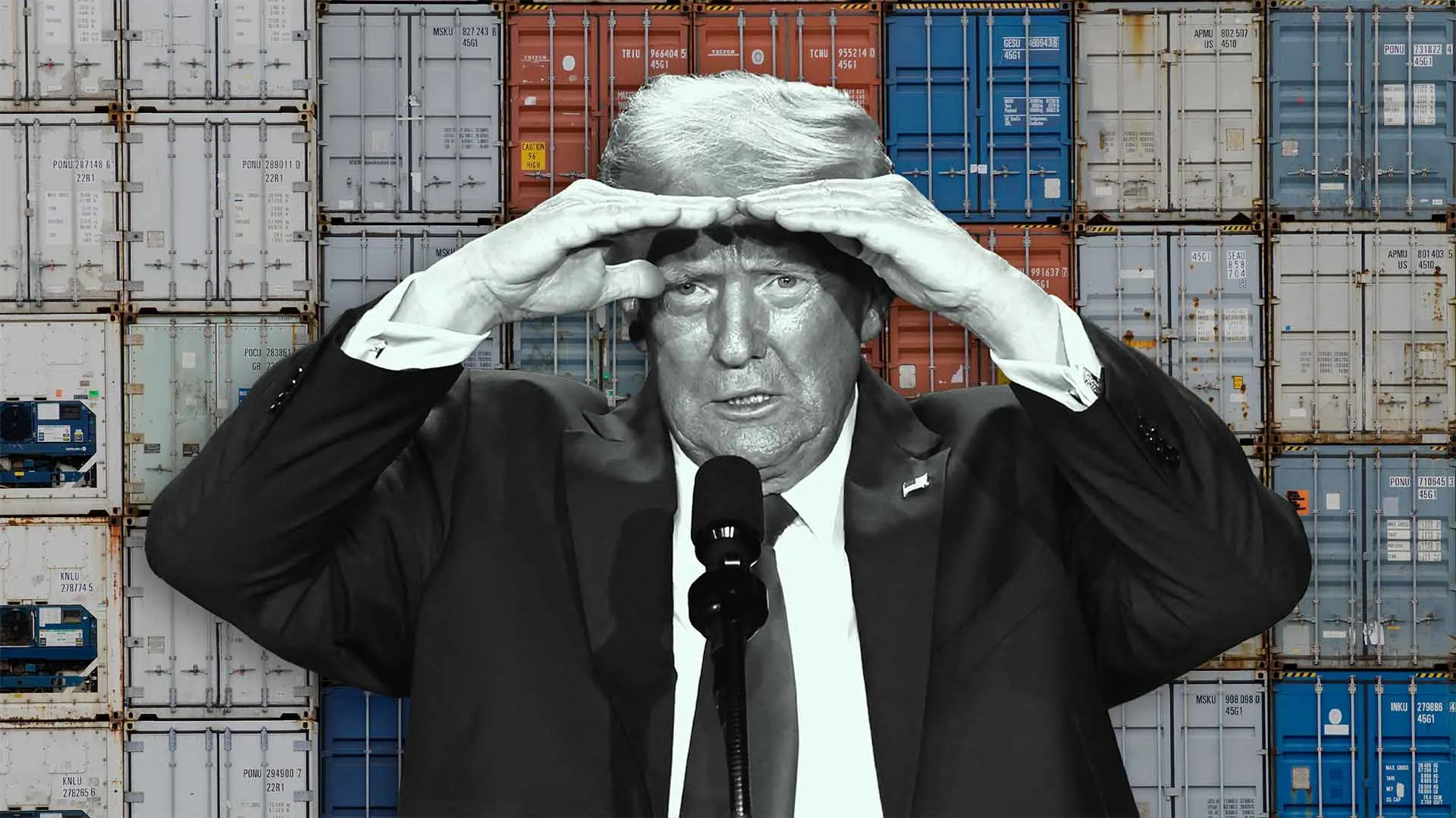
Relief Rally in Markets, But For How Long?
Following the lack of immediate tariff action sparked a rally in global markets. The U.S. dollar took a hit, while currencies like the euro, Canadian dollar, Mexican peso, and Chinese yuan saw gains. Chinese stocks also opened higher, buoyed by Trump’s restrained start and a cordial phone call between him and Chinese President Xi Jinping.
But relief may be short-lived. Industry experts and trade analysts widely expect Trump to press forward with a global tariff early in his administration.
What’s the Word on the Street?
Reactions have been mixed. Canadian Finance Minister Dominic LeBlanc welcomed the decision to study trade ties instead of rushing into tariffs, calling it a “positive step.” Similarly, Jake Colvin, president of the National Foreign Trade Council, emphasized the need for a deliberate approach that tackles unfair trade practices without jeopardizing American businesses.
Still, skepticism abounds. Trump’s unpredictable style has left many wondering whether his current restraint is just the calm before the storm. “The relief might not last long,” noted one trade analyst. “No one knows if Trump will pull another wild card. Trusting him feels like a gamble.”
The Final Words
Trump’s trade agenda is ambitious, spanning everything from tariffs to immigration reform and deregulation. For now, China seems to be bracing for impact, cautiously optimistic but acutely aware of the looming threat of U.S. tariffs.
For now, it’s a wait-and-watch game, for global markets. Will Trump’s tariff threats materialize, or will diplomacy and negotiation prevail?
As markets, businesses, and foreign governments wait to see how Trump’s trade policies unfold, the road ahead is anything but smooth or straight!
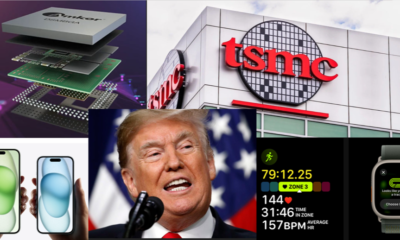

Taiwan’s ‘Historic’ TSMC Deal, A Win Or The End Of Its ‘Silicon Shield’ As China Threatens? A Jittery Taiwan Watches Trump’s Moves On Ukraine, Wondering, Could We Be Next?
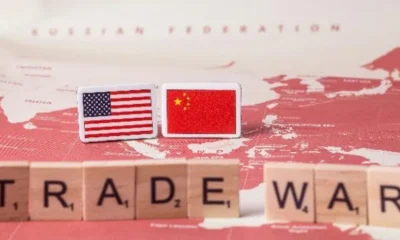

A Trade War That Just Won’t Quit. As Trump’s Tariffs Hit, China Stays The Course, For Xi’s Its Business As Usual Strategy


Indian Stock Market In Turmoil. Investors In Panic Mode, Is This A Temporary Correction Or The Start Of A Bear Market?


America And China’s Thirst For Gold In 2025 Is Draining Other Countries’ Reserves; Here’s Why?


Shakeup In The Auto Sector. Mercedes-Benz 15% Job Cuts, Nissan CEO Exit, And Germany’s Make-Or-Break Year
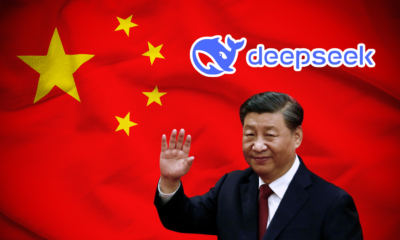

DeepSeek Ai Rush. China’s AI Contender Gears Up for Next Big Launch Even As It Gets Xi Jinping’s Blessings
